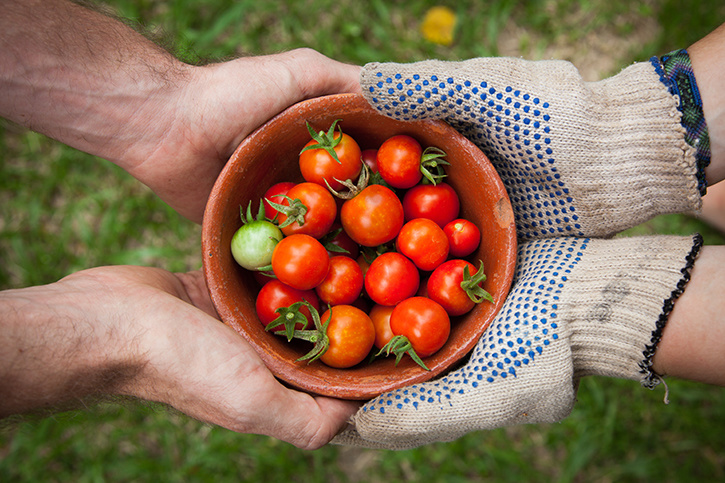Starting A Vegetable Garden
Whether you have a small plot of land or an entire backyard, vegetable gardening can be rewarding. It’s easy to get started.
Vegetables can be grown in containers, rows or trellises to maximize space.
Varities, Zones, Seeds
Vegetables vary in their sensitivity to the sun’s heat and moisture level, so choose varieties that grow well in your area. You can also mix sun-loving and shade-tolerant plants.
One of the keys to successful vegetable gardening is providing your plants with the proper nutrients. Fertiliser is critical in providing plants with the necessary nutrients to grow healthy and produce a bountiful harvest. Here are some tips for using fertiliser in your vegetable garden:
1. Test your soil:

Before you apply any fertiliser, it’s important to know your soil’s pH level and nutrient content. You can purchase a soil testing kit from a garden centre or have your soil tested by a professional. The results will help you determine which nutrients your soil needs and how much fertiliser to apply.
2. Choose the right type of fertiliser:
Many different types of fertilisers are available, including organic and synthetic options. Organic fertilisers, such as compost, manure, and bone meal, provide slow-release nutrients and improve soil health. On the other hand, synthetic fertilisers provide immediate nutrients and can be tailored to specific plant needs. Choose a fertiliser appropriate for your soil type and the vegetables you are growing.
3. Apply fertiliser at the right time:
Most vegetables require fertiliser at planting time and every few weeks throughout the growing season. However, some vegetables, like peas and beans, don’t need as much fertiliser as others. Follow the instructions on the fertiliser package for application rates and timing. Applying too much fertiliser can lead to over-fertilisation, damaging your plants.
4. Use the right amount:
Over-fertilising can harm your plants, but under-fertilising can also lead to poor growth and low yields. Start with a light fertiliser application, then gradually increase the amount as needed. The amount of fertiliser you need will depend on your soil type, the type of fertiliser you use, and the vegetables you’re growing.
5. Apply fertiliser evenly:
To ensure that all of your plants receive the nutrients they need, it’s important to apply fertiliser evenly. You can do this by sprinkling the fertiliser on the soil around the plants and then watering it in. Alternatively, you can mix the fertiliser into the soil before planting.
6. Water after applying fertiliser:
After you apply fertiliser, water your plants well to help the nutrients penetrate the soil and reach the roots. This will also prevent fertiliser burn, which can occur when fertiliser directly touches plant roots or leaves.
7. Consider using a fertiliser schedule:
Keeping track of when you fertilise your plants can help you ensure they receive the right nutrients at the right time. Consider creating a fertiliser schedule for your vegetable garden, and be sure to follow it throughout the growing season.
In summary, fertilising your vegetable garden is essential for healthy plant growth and a bountiful harvest. By testing your soil, choosing the right type of fertiliser, and applying it at the right time and in the right amount, you can help your plants thrive. Don’t forget to water after applying fertiliser, and consider using a fertiliser schedule to stay on track throughout the growing season.
Source: indiatimes.com
Leave a Reply Cancel reply